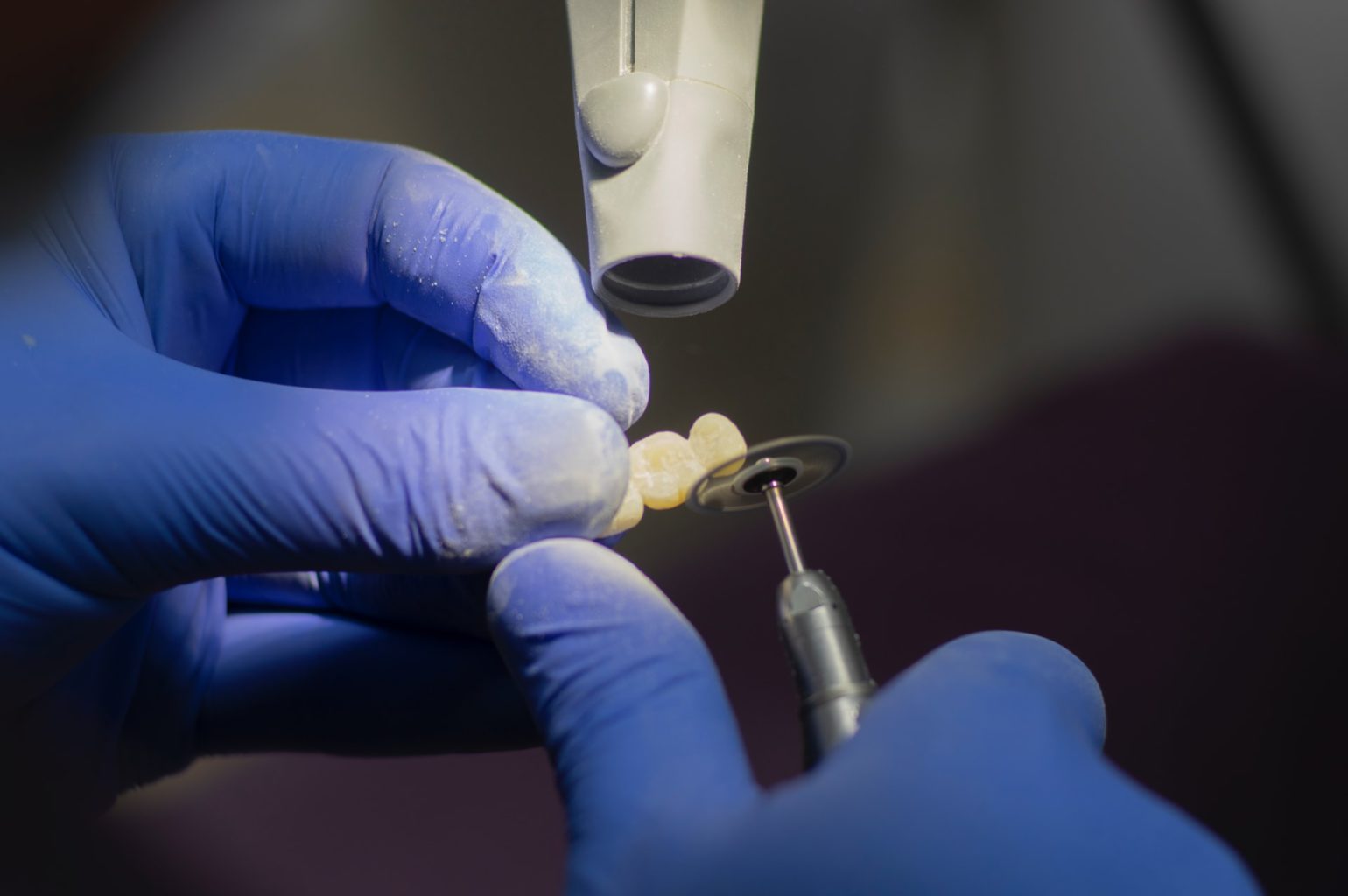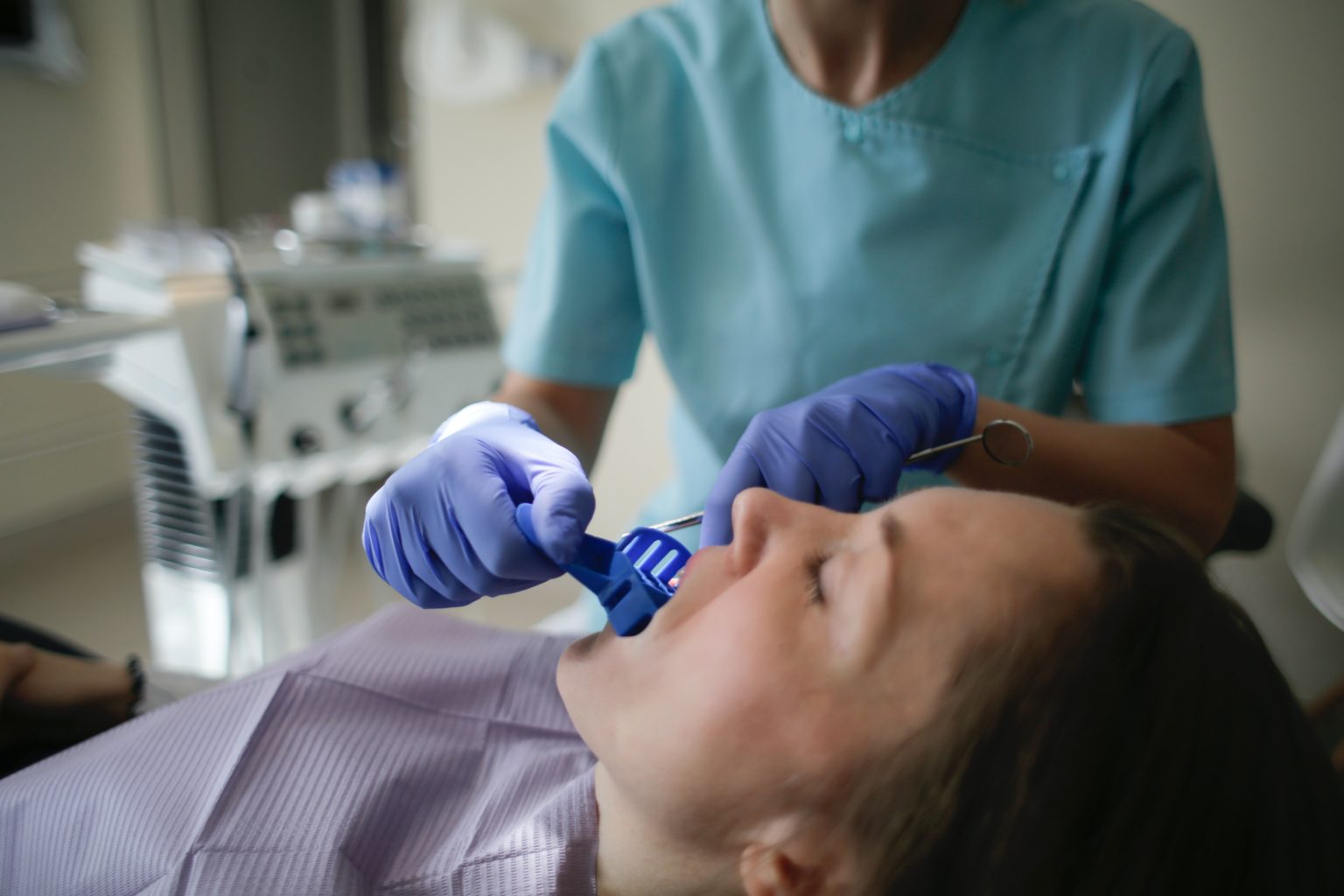Do you wake up tired after a whole night’s rest? Do you snore loudly at night? If you experience these problems and feel extreme fatigue the morning after, you might be suffering from sleep apnea. In this post, we’ll discuss the benefits of sleep apnea dental appliances and other forms of treatment.
What is Sleep Apnea?
Sleep apnea is a medical disorder in which your breathing repeatedly stops and starts while you sleep. This can happen hundreds of times throughout the night. There are three types of sleep apnea, with obstructive sleep apnea (OSA) being the most common form of this disorder. OSA is when the upper airways get wholly or partially blocked during sleep.
Why does this happen? During sleep, the muscles in the back of your throat relax. In some people, these relaxed muscles can collapse and block the airways. When you stop breathing, your brain senses danger and partially wakes you to reopen the airways. These recurrent apnea episodes interfere with deep sleep, leading to chronic fatigue and a host of health problems.
The Effects of Sleep Apnea On Your Body
Before diving into how sleep apnea dental appliances work, you must understand the importance of seeking treatment. Sleep quality is as, if not more important than, diet and exercise for your overall well-being. Quality sleep allows you to recover from the day’s stress, recharges your body and mind, and repairs damage to help you maintain optimal health.
Why should you see a sleep apnea specialist? If left untreated, sleep apnea can be fatal. Studies have shown that sleep apnea can cause hypertension, stroke, coronary artery disease, and congestive heart failure. In addition to health problems, sleep apnea impairs cognitive function. This increases the risk of work-related accidents and motor vehicle crashes.
Treatments for Sleep Apnea
As you’ve learned, sleep apnea has devastating effects on your health. From nasal and throat surgery to sleep apnea dental appliances, ⏤ the good news is that plenty of therapies and procedures help you control your symptoms. If you have symptoms suggestive of sleep apnea, your doctor will perform a series of tests to evaluate the severity of your condition.
For mild cases of sleep apnea, simple lifestyle modifications such as losing weight, avoiding alcohol, or sleeping on your side may suffice to keep the disorder away. If your condition is more advanced, you will need higher-level treatments. Below are the most common therapies sleep apnea specialists recommend for moderate to severe forms of the disorder:
CPAP Machines
Continuous positive airway pressure (CPAP) machines are the most widely used treatment for moderate to severe sleep apnea. Using a tube and a face mask you will wear while you sleep, the device gently forces pressurized air through your nose and mouth. The increased air pressure prevents your throat muscles from collapsing during sleep, keeping your airway open.
Sleep Apnea Dental Appliances
While CPAPs are the standard treatment for sleep apnea, oral appliances are becoming increasingly popular. Also known as mandibular advancement devices (MADs), sleep apnea oral appliances are custom-made mouth guards that look like orthodontic retainers. When worn at night, the mouthpieces reposition your jaws to keep the throat open while you sleep.
Surgical Procedures
If all other treatments have failed to improve your condition, your sleep apnea dentist may recommend surgery. Surgical procedures are very effective for people with excessive or malformed tissues such as enlarged tonsils, a deviated nasal septum, or a small lower jaw with an overbite that doesn’t respond to sleep apnea dental appliances.
How Do Oral Appliances Work?
We talked briefly about what sleep apnea oral appliances are. Let’s now delve into how they work. MADs are two-piece devices that snap over your upper and lower arches. Once in place, these adjustable devices gently push your lower jaw and tongue forward. This helps prevent the tissues in your throat from collapsing and blocking your airway during sleep.
Do these appliances work? Many studies have found oral appliance therapy to improve OSA in a majority of patients, including some with severe forms of the disorder. According to a study published in the Journal of Clinical Sleep Medicine (JCSM), two-thirds of patients experienced therapeutic benefits from wearing sleep apnea dental appliances.
Benefits of Sleep Apnea Oral Appliances
Although the most recommended treatment for sleep apnea, many patients can’t tolerate CPAP machines due to their inconvenience. More than 50% of patients drop out of CPAP therapy within the first year of treatment. Compared to CPAP devices, oral appliances are more comfortable to wear, resulting in a higher compliance rate and better treatment outcomes.
When used consistently and under the guidance of your sleep apnea specialist, dental devices can considerably improve your sleep quality. You can start to feel a difference in your symptoms after the first night of use. Convenient and non-invasive sleep apnea dental appliances provide many advantages over traditional OSA treatments. Some of these benefits include:
- Portable and easy to travel with
- Works without electricity
- It does not make any noise
- Easy to clean and care for
- More cost-effective than other treatments
Getting an Oral Appliance for Sleep Apnea
The first step to getting an oral sleep apnea appliance is to consult your doctor. If your sleep apnea specialist determines that a dental device would work for you, they will refer you to a sleep apnea dentist specializing in making these appliances. During your first visit with the dentist, they will examine your dental health to decide if you’re a good candidate for sleep apnea mouth guards.
If you qualify, the dentist will take an impression of your mouth to make your sleep apnea dental appliances. At Definitive Dental, we only take digital impressions to ensure perfect-fitting mouthpieces. The impressions are sent to a lab to custom-design your device. When your device is ready, you’ll return to the office for fittings and further adjustments to optimize care.
Get Your Oral Device From Definitive Dental
While it may seem like an innocuous disorder, sleep apnea not only wrecks your health but is also a threat to public safety. Left untreated, sleep apnea can shorten your life and make you unhappy while you’re alive. Treating this debilitating condition is essential to protect the public from its adverse effects and improve your quality of life.
If you’re considering getting sleep apnea dental appliances in the Grand Prairie area, look no further than Definitive Dental. We are rated a top-three dentist in Grand Prairie, Texas, because we deliver Dentistry Done Right. Whether you need a custom-made dental appliance or a routine dental checkup, we can help. Call us at (972) 646-0660, or click here to book an appointment.









